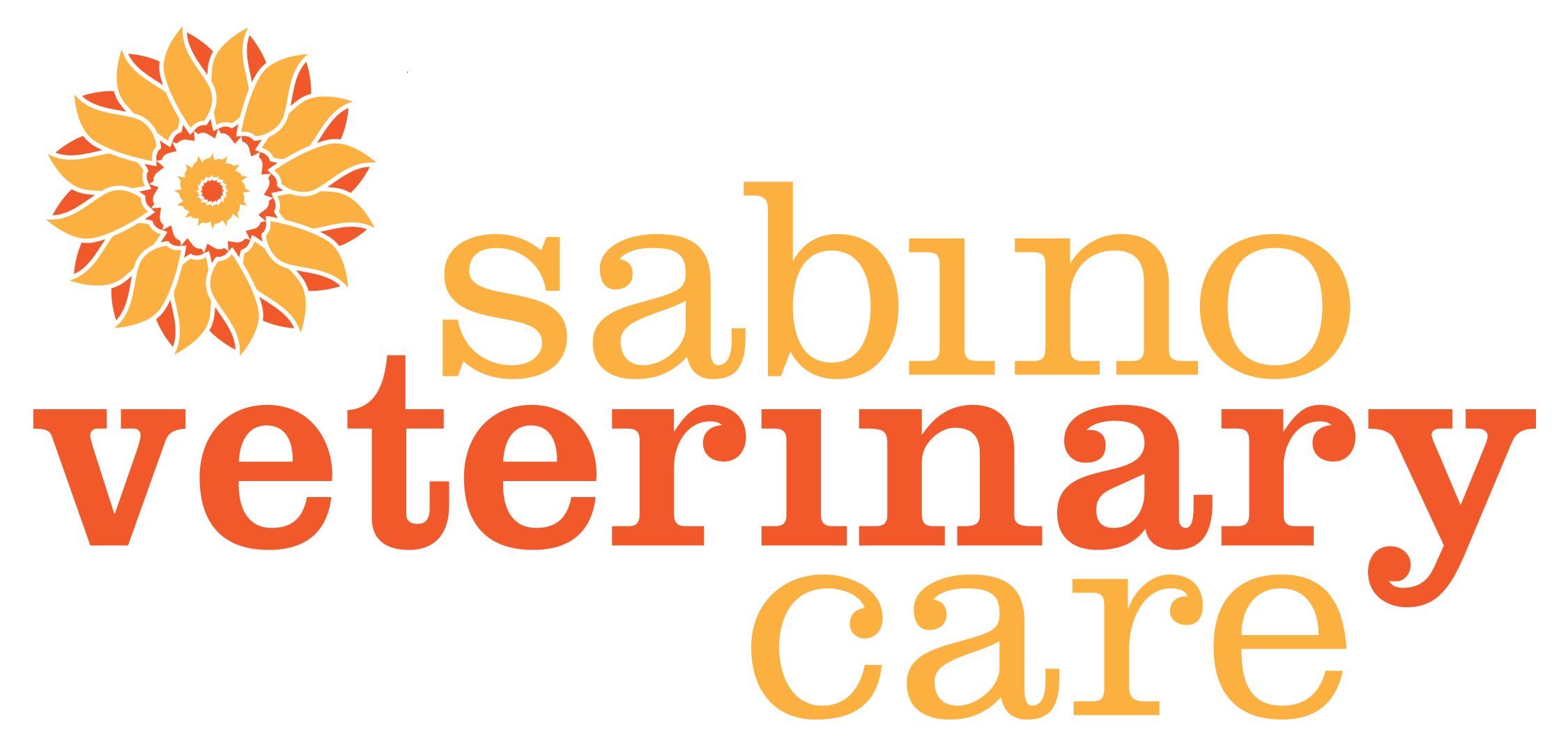The major risks of raw diets are:
1. Perforation of the GI tract by bones – this has been reported – I think one case was detailed in Veterinary Medicine a few years ago- and surgeons say they are seeing more of it. To me, this is the most dangerous risk to the dog and owners need to know about it since it’s not discussed on websites. Impactions also occur. I’ve had one dog in my practice aspirate a bone and die of asphyxiation as well. You can reduce the likelihood of alienating these clients by discussing the alternative of having bone completely ground into the meat.
2. Nutritional imbalance – nutritional osteodystrophy and rickets have now been reported a couple of times in animals being fed raw diets and one of the reports (an abstract) has nutritionists saying that after a couple of decades of almost never seeing it, it’s on the upswing again (Lauten, Kirk abstract in ACVIM, I think). Clients can either choose to feed a complete and balanced commercial raw diet (Nature’s Variety Instinct has undergone AAFCO feeding trials), or they can consult a nonveterinarian who balances raw diets – www.monicasegal.com. Her website has books that contain complete and balanced recipes using raw meaty bones. At the very least, I beg them to give a vitamin/mineral supplement – 1/2 a centrum a day for animals under 20 lbs, and a whole centrum a day for those above 20 lbs.
3. Risk of infection with enteropathogens – in truth, this isn’t a big deal for healthy dogs and cats, but if it is a very young or old animal, or one undergoing immunesuppressive treatment, that’s a different story. The Canadian studies have shown that the majority of dogs being fed salmonella infected meat will shed it, but none of those dogs were reportedly sick. I talk to owners about how the major ‘industrial’ food supply is contaminated and that salmonella and e.coli cannot be avoided, so if they are going to buy raw meat from the grocery store, they should consider it contaminated. If there are immunesuppressed people in the household, or babies/toddlers, they are endangering their family. On the other hand, if they are feeding raw meat from their own farms or hunting, and butchering the meat themselves, it’s hard to justify this warning (although you can talk about other parasites I guess). So I talk to these clients about these risks, and then I put a disclaimer in my discharge instructions that details the risks. The veterinary literature now warns that we could be liable if we recommend raw diets, so I cover myself that way, but in my actual discussions with clients, I find it more important to avoid alienating these clients since they may need veterinary care because of the diets one day.
What's Next
Call us or schedule an appointment online.
Meet with a doctor for an initial exam.
Put a plan together for your pet.

